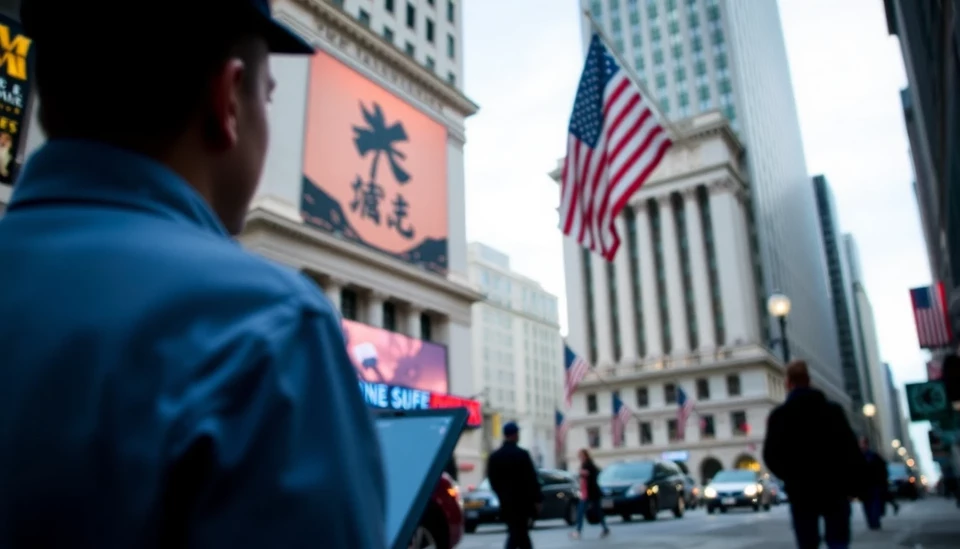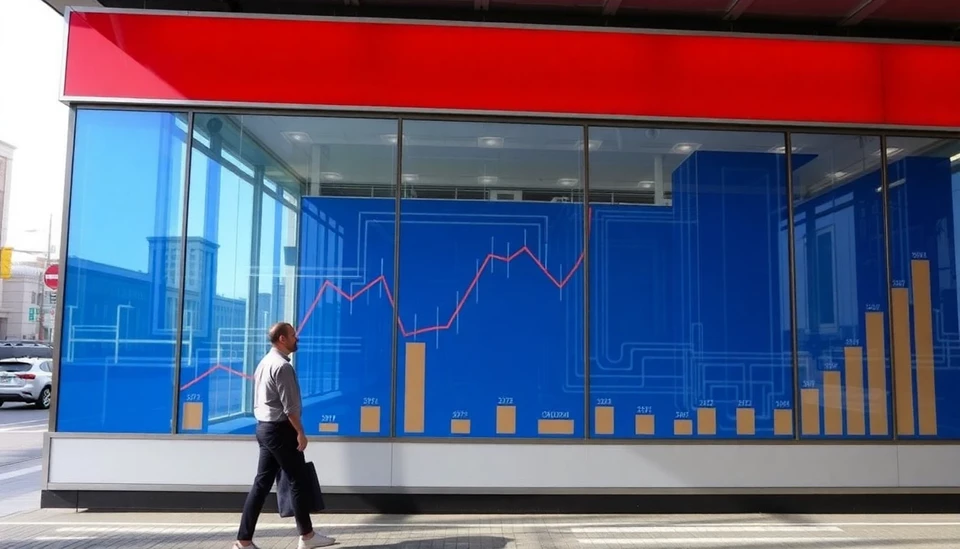
Recent economic data has revealed a noticeable moderation in overall business activity across the United States, driven primarily by a decrease in growth within the services sector. As the economy continues to navigate fluctuating dynamics, analysts are closely observing these trends to gauge implications for future economic performance.
According to the latest reports, the services sector—often viewed as a barometer for the strength of the economic landscape—has experienced a deceleration. This reduction in growth may signal shifting consumer demand and potential adjustments in business strategies moving forward. Indicators show that service-related industries, which encompass a broad range of sectors including hospitality, retail, and healthcare, have started to slow down after a period of robust expansion.
This cooling trend raises concerns among economists and business owners alike about the persistence of inflation and the potential for a broader economic slowdown. Key metrics, such as the Purchasing Managers' Index (PMI) for services, suggest that while the sector remains in growth territory, the pace has moderated significantly from previous months. This was echoed in various surveys, where businesses reported an uptick in costs and challenges in hiring, both of which could weigh heavily on future growth prospects.
The implications of this slowdown could be profound. A reduction in service sector activity could lead to decreased employment opportunities and slower wage growth, which are critical for sustaining overall economic vitality. Consumers, who are also grappling with inflation, might further tighten their belts, leading to decreased spending power—yet another challenge for businesses reliant on consumer activity.
While some experts remain optimistic that this moderation could yield a healthy recalibration within the economy, others warn of the potential risks associated with a prolonged downturn in service growth. As the Federal Reserve continues to monitor and adjust monetary policy in response to these developments, the focus will remain on balancing inflation control with supporting sustainable economic growth.
In summary, the current landscape reveals a nuanced picture of the US economy. The cooling in service sector growth serves as a critical indicator for businesses, policymakers, and consumers alike about the state of economic health and the potential for future growth amid changing conditions.
As businesses and analysts continue to assess these trends, it remains essential to stay informed and prepared for the various outcomes that could shape the economic narrative in the months to come.
#USBusinessActivity #EconomicGrowth #ServicesSector #PMI #Inflation #ConsumerDemand #EconomicOutlook
Author: Daniel Foster
